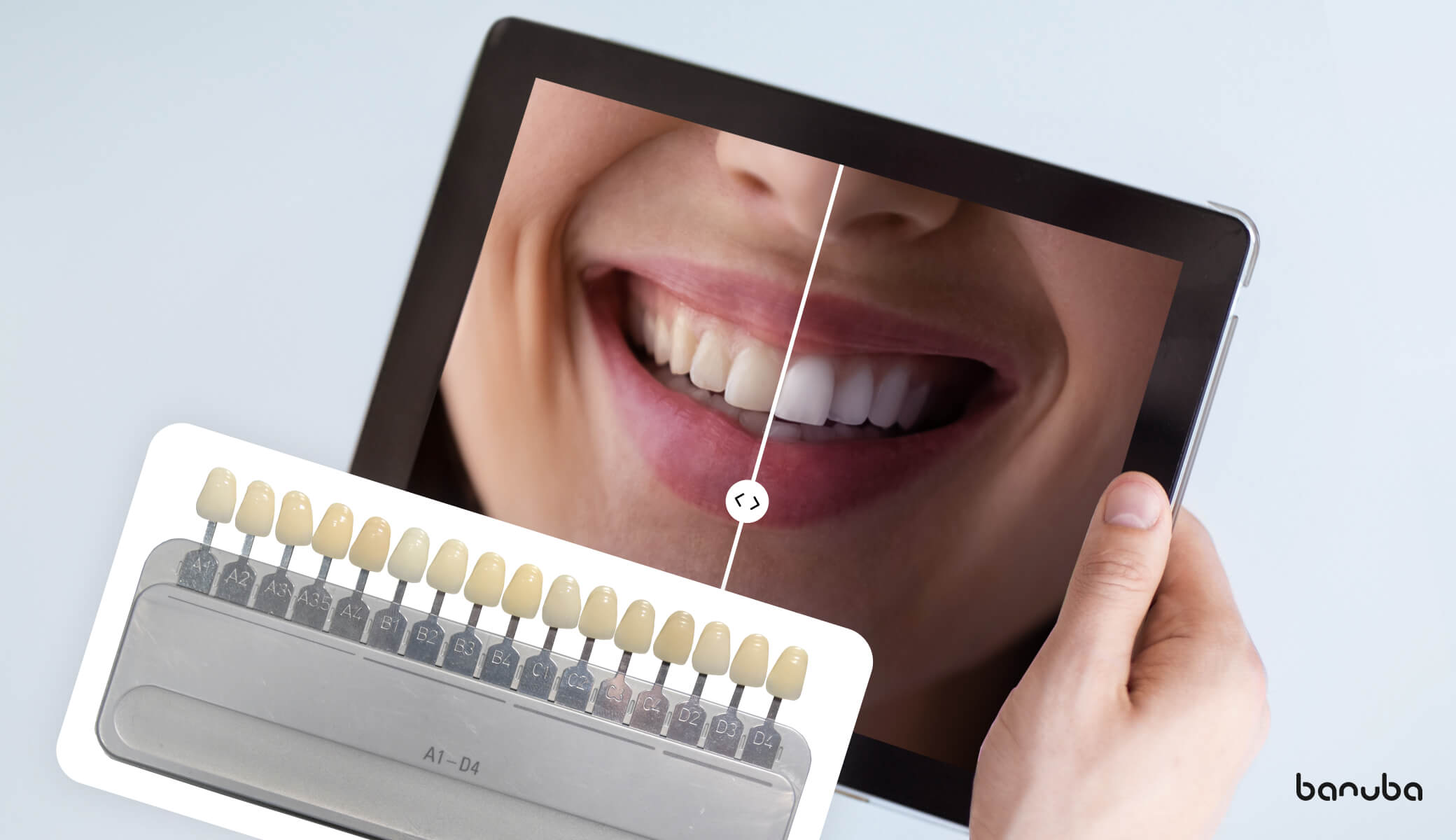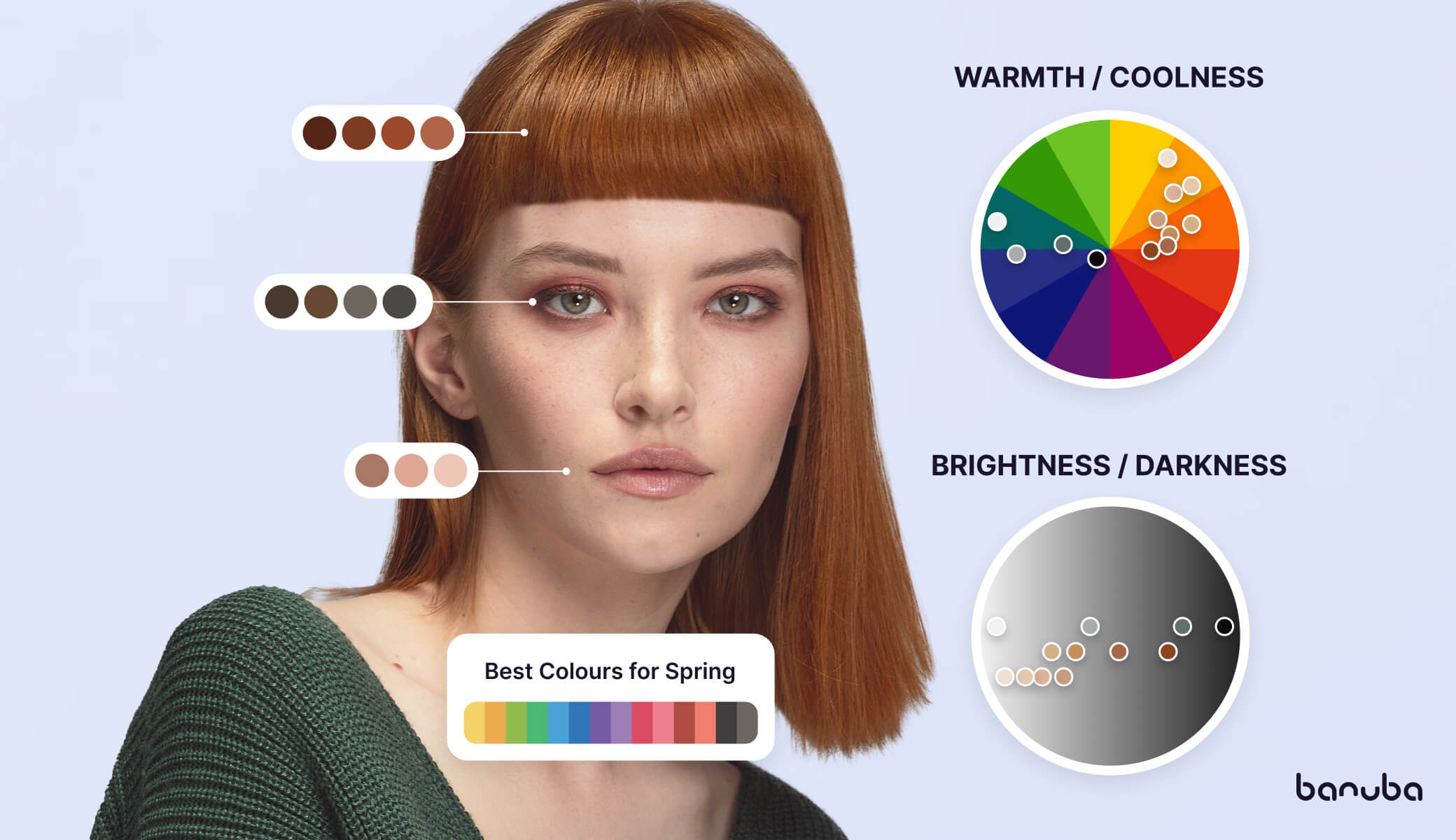Best Professional Skin Analysis Machines
Forget about old-school derm diagnostic procedures and tests. The skin analyzers market is growing at a CAGR of 9% and is predicted to reach 275 million dollars in 2030. Beauty manufacturers, retailers, SPA studios, and aestheticians leverage cutting-edge technology to enhance customer experiences and provide more personalized solutions in less time. Let's explore how these machines revolutionize industries, how to choose the perfect fit, and what benefits they can bring.

What Is A Skin Analysis Machine?
A skin analysis machine is not just a tool; it is a sophisticated diagnostic instrument meticulously designed to assess and analyze the derm comprehensively. Employing an array of imaging technologies, such as polarized and UV light and multispectral analysis, these devices capture intricate details of the skin's surface and underlying layers. The wealth of information gathered serves as the cornerstone for crafting personalized skincare routines, addressing specific concerns encompassing hydration levels, pigmentation issues, and more.
How Does A Skin Analysis System Work?
While the operational mechanisms of skin analyzers may seem like a symphony of technology, the intricate process of data compilation serves as the cornerstone for extracting meaningful insights from captured derm images. Let's delve into the details of how this meticulous process unfolds:
Image Capture and Acquisition
The journey begins with the capture of high-resolution images of the skin's surface and underlying layers. Utilizing a variety of imaging technologies, including polarized and UV light and multispectral analysis, the system captures a diverse array of information.
UV Light Imaging
It captures previously invisible details such as UV spots and damage, providing insights into sun exposure and pigmentation issues.
Polarized Light Imaging
It reveals detailed images of skin texture, wrinkles, and fine lines, contributing to a comprehensive understanding of the skin's surface.
Multispectral Analysis
It examines the derm at different depths, offering insights into hydration levels, sebum secretion, and other deeper skin issues.
Pre-processing of Captured Images
Once the images are acquired, a pre-processing phase begins. This involves enhancing the quality and clarity of the captured images, correcting for any distortions, and ensuring uniformity in the dataset.
Artifact Removal
Algorithms identify and remove artifacts or distortions that may have occurred during the image capture process, ensuring the accuracy of subsequent analyses.
Image Calibration
Ensures uniformity in the images, correcting for variations in lighting conditions and other factors that could impact the accuracy of the analysis.
Segmentation of Skin Features
The next step involves segmenting the images to isolate specific features of interest. This segmentation process allows the system to focus on individual aspects such as pores, wrinkles, and pigmentation.
Pore Segmentation
Identifies and isolates individual pores, enabling a detailed analysis of their size, distribution, and condition.
Wrinkle Detection
Pinpoints areas of the derm with wrinkles, facilitating a precise assessment of their depth and severity.
Pigmentation Mapping
Creates a map of pigmented areas, distinguishing between different color signatures and providing insights into issues such as brown spots and redness.
Feature Extraction and Quantification
Once the images are segmented, the system extracts quantitative data from each isolated feature. This involves measuring various parameters, such as size, color intensity, and spatial distribution.
Size Quantification
Measures the size of pores, wrinkles, and pigmented areas, providing numerical data for a comprehensive assessment.
Color Intensity Analysis
Quantifies the intensity of different colors, allowing for the identification of variations in pigmentation and redness.
Spatial Distribution Mapping
Maps the spatial distribution of features across the skin's surface, aiding in the identification of patterns and asymmetries.
Fusion and Compilation
The final step involves fusing the extracted features and compiling the data into a comprehensive dataset. This dataset serves as the foundation for the subsequent analysis, generating detailed reports and personalized recommendations.
Feature Fusion
Integrates data from different features, creating a holistic view of the skin's condition by considering multiple parameters simultaneously.
Comprehensive Dataset Compilation
Combines quantitative data from various features, resulting in a comprehensive dataset that forms the basis for in-depth skin analysis.
Artificial Intelligence Analysis
In many advanced skin analysis systems, artificial intelligence (AI) plays a crucial role in analyzing the compiled dataset. Machine learning algorithms can identify complex patterns and relationships within the data, contributing to a more nuanced and accurate assessment of the skin.
Pattern Recognition
AI algorithms recognize patterns that may not be apparent through manual analysis, enhancing the system's ability to identify subtle changes in the skin.
Predictive Analytics
Machine learning models can predict how the derm might evolve over time, allowing for proactive skincare recommendations.
Software Skin Analyzer
At the core of any skin analyzing lies its advanced technology and software, a critical component that determines the efficiency and accuracy of the device. High-quality software not only interprets imaging data but also provides a user-friendly interface and detailed reports, enriching the user experience and facilitating informed decision-making.
TINT AI Skin Analyzer and Virtual Try-on
Banuba's TINT transcends traditional skin analysis software by introducing an AI-driven virtual try-on experience. It is one of the few skin analysis tools that leverage AI to provide users with a realistic preview of how skincare products will interact with their issues and their skin changes.
TINT employs advanced AI algorithms to analyze the user's derm in real-time. This goes beyond static analysis, allowing users to witness dynamic changes as they explore various skincare options virtually. The software analyzes 200 parameters and highlights the client's skin problems, offering a selection of matching products to combat the issues and demonstrate the expected results and performance.
One of TINT's standout features is its virtual try-on capability. Users can virtually apply different skincare products, ranging from moisturizers to cosmetics, and observe how each product interacts with their unique skin conditions. According to the research, companies that introduce virtual try-ons and AI in their customer journey see a conversion rate boost of 90%.
A significant advantage of TINT is its seamless compatibility with a myriad of devices. Whether on a mobile device, laptop, or integrated into apps, TINT ensures a consistent and engaging user experience. Its compatibility extends to the realm of physical retail. Smart mirrors in stores equipped with cameras can seamlessly integrate with TINT, offering customers an immersive virtual try-on experience right in the store. Basically, it provides businesses with additional touchpoint opportunities. Aberdeen Group states that an omnichannel approach can increase the annual revenue by 9.5%.
TINT's real-time analysis through a device's camera sets it apart. Users can simply activate the camera, and TINT will instantly assess their skin, providing immediate feedback and virtual try-on options.
Best Skin Analysis Machines
The cutting-edge technology boosted the personalized approach to treating patients. A skin analyzer can help aestheticians determine the condition of the derm in one session and without the use of in-depth tests. Let's take a look at the best skin analysis machines on the market.
Zemits VeraFace Skin Analysis System
The derm analyzer works using AI that visualizes a skin condition based on RGB, UV, and PL technologies.
The Zemits Skin Analyzer is based on 12 years of research and testing with 30 million clinical databases.
It takes the Zemits 15 seconds to analyze the derm surface and below by 12 factors to determine skin problems. According to the company's research, it can predict a client's derm quality and appearance up to 3-5 ahead.
It also offers tailored treatment and products to each client.
The Zemits VeraFace is capable of detecting 12 factors of skin concerns, including but not limited to:
- Skin texture;
- Acne and acne scars;
- Pigmentation irregularities;
- Dehydration;
- UV damage and derm aging;
- Wrinkles and fine lines;
- Pore congestion or enlarged pores;
- Red areas and inflammation.
The pricing starts at $7.990.
VISIA Skin Analysis Machine
The newly designed capture module rotates around the client's face to identify the skin type and issues. In addition to personalized treatment selection from a library of derm products, the VISIA offers a sophisticated tool for aging and injectables simulation to different degrees and areas.
During a 30-minute examination, the VISIA Skin Analysis System can identify eight skin conditions, mainly:
- texture;
- brown sports;
- red areas;
- wrinkles and decreased derm elasticity;
- porphyrins;
- UV spots;
- pores;
- skin discoloration.
The pricing starts at $7k.
Janus Pro Skin Analysis Machine
Janus Pro Skin Analyzer utilizes four light sources and over 200k derm data to offer a comprehensive analysis with tailored treatment and skincare suggestion.
Its hardware has a unique self-sterilization after each usage. Janus Pro can detect 12 skin concerns.
The price may vary depending on the region.
Meitu Eve V Skin Analyzer Machine
The Meitu Eve V skin analysis device has the capability to identify a diverse range of 20 distinct derm issues, encompassing factors such as wrinkles, blackheads, dark circles, acne, and pigmentary spots.
Using structured lights, it monitors the face contours and volume. The analysis takes 25 seconds, offering a customized treatment plan and product recommendations.
The price is negotiable.
ADSS 3D Skin Analysis Machine
ADSS 3D Skin Analysis System uses the nine spectrum imaging technology to identify skin conditions in surface and deep layers. It can determine the true skin age, detect 12 factors, and predict its state in up to five years in less than 15 minutes.
The hardware has a 45-degree rotating mechanism, enhancing comfort and usability.
The price starts from $1.400 up to $12k.
The Power of A Skin Analysis System: Applications and Benefits
Enhancing Skin Care Consultations
Integrating skin analysis machines into skincare consultations elevates the experience for both professionals and clients. Precise assessments of skin conditions lead to more informed discussions about appropriate treatments and skincare routines. This allows for early identification and targeting of derm problems that the client may not even be aware of.
Aiding in Treatment Decisions
Skin analysis machines play a pivotal role in determining suitable treatments based on individual derm types and concerns. This personalized approach enhances the effectiveness of skincare interventions.
Transforming the Aesthetic Industry
The aesthetic market has witnessed a transformation with the integration of advanced technology. Skin analysis machines not only provide valuable insights but also contribute to the growth of the beauty industry. Besides, online solutions with derm analysis features make personalized skincare available to every customer around the clock.
Improving Client Experience
Clients benefit from a significantly improved experience with the inclusion of skin analysis machines in skincare routines. The ability to visualize potential improvements and receive personalized offers enhances satisfaction.
Improving Performance Metrics
Installing either a hardware or software skin analyzer boosts clients' satisfaction and loyalty due to more relevant and personalized product recommendations. It becomes an additional up- and cross-selling channel with lower retention rates.
Things to Consider When Choosing A Skin Analysis System for Your Business?
Depending on the business size, budget, goal, and requirements, the choice of the perfect skin analysis system may vary.
Professional dermatologists and cosmetologists treating serious medical derm problems must invest in more professional licensed equipment. However, retailers, spa salons, and online stores can easily integrate software solutions either in existing on-site smart mirrors or tablets or enhance their web or mobile applications.
Making skin analysis available on any device 24/7, they cut expenses on purchasing pricy hardware and onboarding and training a professional to work with it. Most non-medical check-ups don't require an in-depth and comprehensive analysis.
With the help of software, any device can provide a hyper-personalized approach to choosing skincare without extra help. Hardware skin analyzers are rather bulky and suitable only for offline consultations with limited performance rates. Such solutions are not suitable for online businesses or for those where the customer acquisition cost is unreasonably high compared to the profit. Skin analysis hardware machines can become an overpriced marketing bait not worth the investment.




